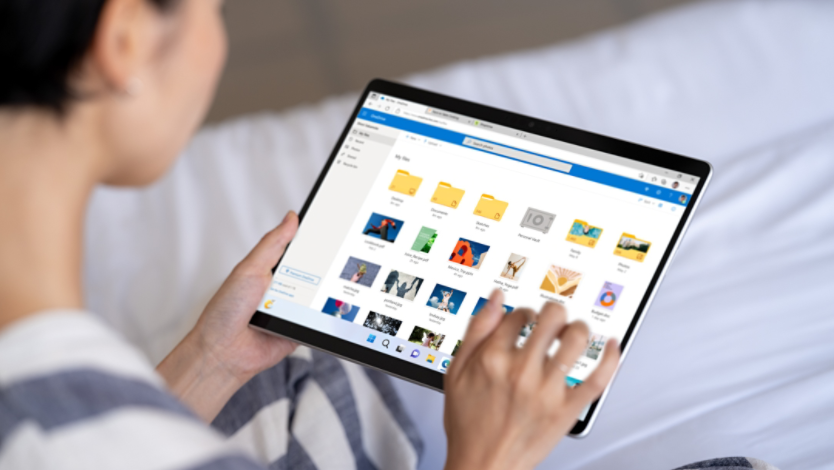
November 12, 2024
Need a better understanding of how these components impact your device’s performance? This guide explains how the CPU, GPU, and neural processing unit (NPU) contribute to the seamless functionality of your Windows device, from handling multitasking to enhancing graphics and improving AI capabilities.

Credit: Designer in Copilot
The role of the CPU in Windows devices
The Central Processing Unit (CPU) is the core processor of your device, responsible for executing instructions, running programs, and managing system resources. Whether you're browsing the web, opening files, or working with multiple applications, the CPU monitors and processes all the commands you give your computer.
In Windows devices, the CPU is optimized to handle multiple tasks at once, ensuring that your computer runs smoothly even when you're performing demanding activities like video editing or running software simulations. By distributing tasks efficiently, the CPU plays a critical role in delivering a seamless and responsive user experience.
The GPU’s role in graphics processing
The Graphics Processing Unit (GPU) is a specialized processor designed for rendering and processing images, videos, and animations. Whether you're gaming, streaming, or working with graphic-heavy applications, the GPU ensures that visual content displays smoothly and at high quality. The GPU takes over graphics-related tasks from the CPU, freeing up system resources for other operations.
In addition to its primary function of managing visuals, the GPU also plays a role in accelerating certain types of data processing, such as parallel computing and machine learning tasks. This added capability makes the GPU essential for providing a high-performance experience on Windows devices.
What is the NPU, and how does it enhance performance?
The Neural Processing Unit (NPU) is a newer addition to modern Windows devices and plays a key role in handling tasks related to artificial intelligence (AI) and machine learning. It is designed to speed up complex processes such as facial recognition, voice assistance, and data analysis, which require advanced computation. The NPU’s ability to offload these tasks from the CPU and GPU allows for faster, more efficient operation of the entire system.
By taking on AI-related tasks, the NPU helps to optimize system performance and improve responsiveness. Windows devices leverage the NPU for processes such as real-time language translation and intelligent user interactions, making them more adaptive to user needs.
How CPU, GPU, and NPU work together
While the CPU, GPU, and NPU each have specific roles, they work together to provide a unified, efficient experience on Windows devices. The CPU handles everyday processing tasks, the GPU manages graphics and visual output, and the NPU accelerates AI-based operations. This collaboration ensures that your device remains responsive, even when running multiple demanding applications simultaneously.
By distributing tasks across these components, Windows devices deliver faster performance, improved graphics, and better overall system efficiency. This makes everything from gaming to productivity smoother and more enjoyable for users.
Try Windows for optimized performance
Ready to experience the power of CPU, GPU, and NPU working together? Try Windows 11 today and see how these key components enhance your device's performance for multitasking, graphics processing, and AI capabilities. Windows ensures a seamless and responsive experience for all your computing needs.



